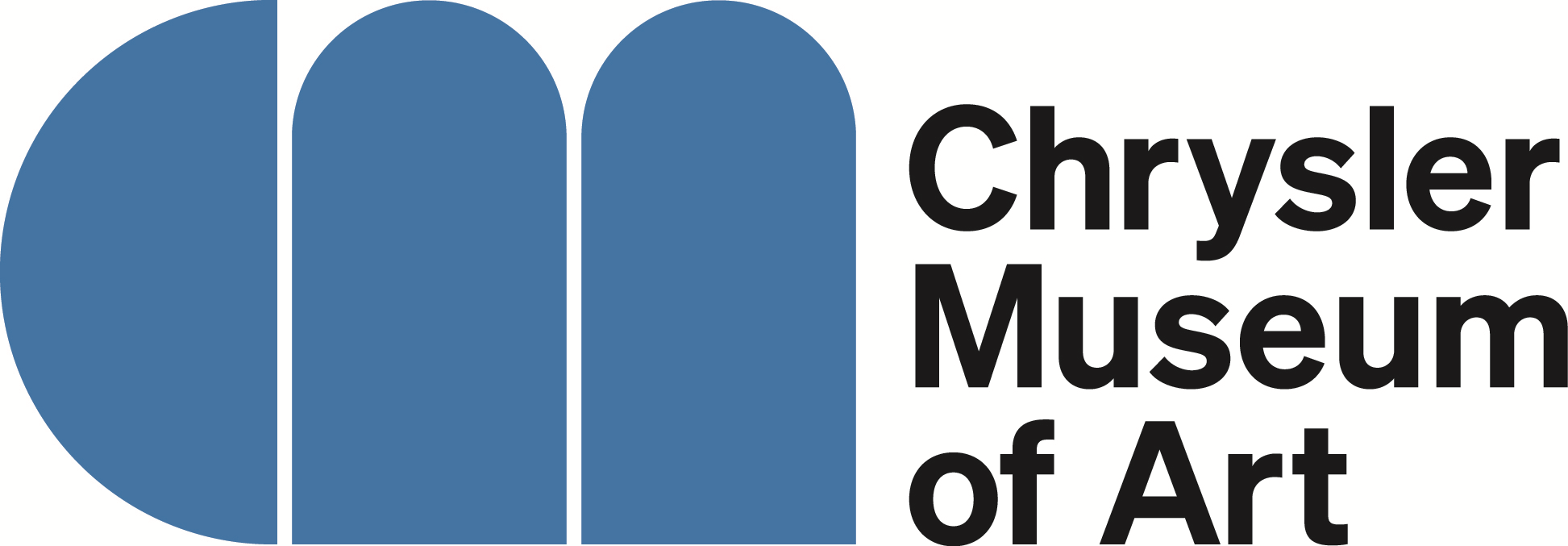Bronze Glass Vase With Cover
Manufacturer
Thomas Webb & Sons
(British (Stourbridge, England), 1837 - 1990)
CultureEnglish
Dateca. 1878-1880
MediumIridized glass | Blown glass
DimensionsOverall: 13 7/8 in. (35.2 cm)
Overall, Rim: 3 1/2 in. (8.9 cm)
Base: 3 5/8 in. (9.2 cm)
Overall, Rim: 3 1/2 in. (8.9 cm)
Base: 3 5/8 in. (9.2 cm)
InscribedEngraved on deep polished pontil: "Loetz" in script. This mark is fake - see remarks below.
Credit LineGift of Walter P. Chrysler, Jr.
Object number82.82
On View
Chrysler Museum of Art, Gallery 116-9, Case 54
Label TextIMITATING ANCIENT IRIDESCENCE A great number of archaeological excavations were undertaken in the nineteenth century, and the findings of these explorations inspired glassmakers in both form and decoration. The iridescent finish on the surface of this glass was meant to imitate the natural weathering on ancient Roman glasses that had been buried. The iridized surface of this piece was made by spraying the hot surface of the glass with metallic oxides. The Hungarian chemist Leó Valentin Pantocsek discovered this technique at the Zlatnó factory in 1856, and iridescent glass was first presented to international consumers at the 1878 Paris World's Fair. Many glassmakers worked with this process in various ways, including Thomas Webb & Sons in Britain, Louis Comfort Tiffany and Frederick Carder in the United States, and Johann Loetz in Bohemia (these glassmakers are represented in our permanent collection glass galleries nearby). Thomas Webb & Sons Stourbridge, England Bronze Glass Vase, ca. 1878-80 Blown and iridized glass Gift of Walter P. Chrysler, Jr. 82.82 Exhibition History"Cheers to Queen Victoria: British Glass from the Chrysler Collection," Waitzer Community Gallery, Chrysler Museum of Art, Norfolk, VA, September 22, 2010 - March 20, 2011.Published ReferencesCharles R. Hajdamach, _British Glass 1800-1914_ (Suffolk, England: Antique Collectors Club Ltd., 1991), 319-322.
Thomas Webb & Sons
Thomas Webb & Sons














